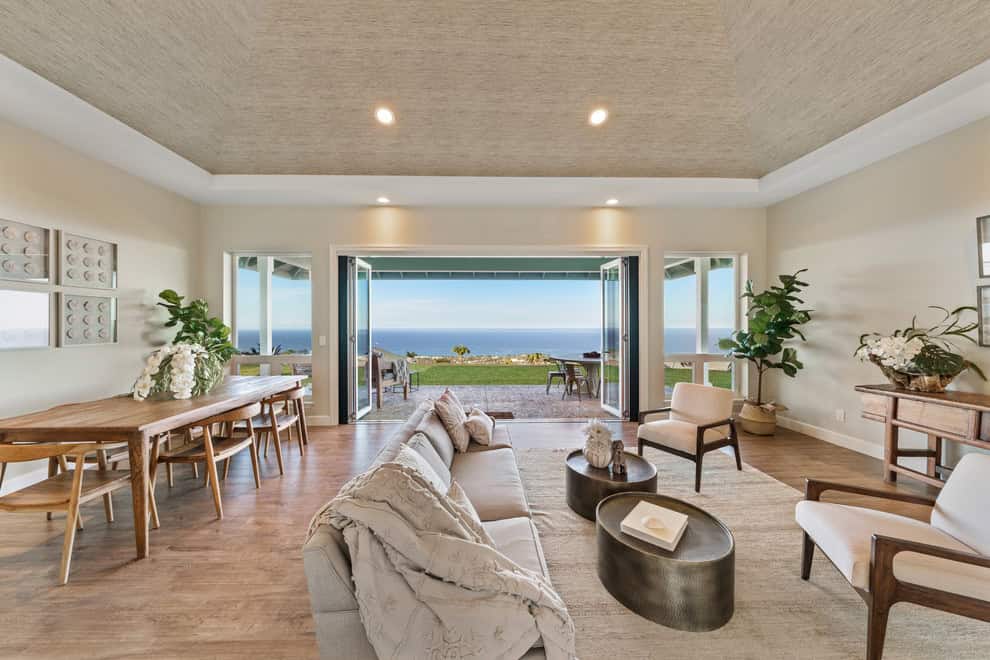We do not give the lighting in our homes the due credit they deserve.
In addition to illuminating our respective homes and offices, lights also play a keen role in altering moods and emotions. For instance, bright lights in commercial spaces like malls cheers you up while the dingy lightings in the attic is nothing short of a horror story. Check out Cusack Lighting to know what kind of lighting will suit your space and help your mood.
Let us take the sun for example. Bright sunshine is known to elevate mood and keeps you in high spirits while a calm moon-light offer a serenaded and tranquil emotions. Our characteristic check is in the brain called the hypothalamus, which is connected to photoreceptors situated all through the body, (for example, the retina).
These receptors oversee synchronizing our inward clock with the light we retain during the day. Understanding the circadian cycle is basic since it influences the rhythms of the human body and impacts rest, mind-set, alertness, processing, temperature control, and even cell reestablishment.
Let us dive deeper in how lighting can affect our moods, state of mind and emotions.

Blue Light Energizes You
Introduction to blue light during the day can give us some additional vitality and make us increasingly alert. An ongoing report found that members who were presented to short wavelength, high vitality blue light were progressively gainful: They had the option to finish subjective undertakings more rapidly, and more precisely than a control gathering. Blue light expanded their sharpness during introduction, however for a full half hour after blue light presentation finished.
Light Affects Your Appetite
Light has the uncanny power of sweeping appetite and food preferences as well. It also impacts how we eat, the pace and also how a particular item tastes to us.
In general, we eat slowly and have less sustenance in eateries with gentler, dimmer lighting. Be that as it may, we may likewise be bound to have a greater sustenance in darker eateries. Scientists accept this is on the grounds that milder lighting may takes our alert senses are not down, making us eat at a ;iesurely pace which means we’re less inclined to thoroughly consider our sustenance determinations.
In any case, light doesn’t simply influence what we eat—it can even affect how things taste. One 2009 examination, for example, found that background lighting influenced how much a gathering of volunteers preferred a specific brand of wine, potentially due to the way various types of light influenced the wine’s shading.
Natural Light Equates to Happiness
Catching some sun during the day can improve things significantly. One 2014 examination found that individuals who had windows in their office practiced more, got more rest (all things considered, 46 minutes increasingly a night!), and had a more prominent feeling of by and large prosperity than those whose workplaces had no windows.
Scientists accept exposure to regular light encourages our bodies adhere to their characteristic circadian rhythms, with the goal that they realize when to feel alert and vigorous and when to feel languid.
Natural Light Keeps Depression at Bay
Normal light may even help diminish side effects of depression. In one 2013 study, analysts found that, for individuals with both nutrient D inadequacies and wretchedness, seven weeks of expanded daylight presentation (as expanded open air time), eased burdensome indications. Another 2015 investigation supported these discoveries.
Rather than investing more energy outside, volunteers in the 2015 examination took part in light treatment, a procedure that includes normal, delayed introduction to lights intended to emulate characteristic open-air light. Specialists found that a mix of light treatment and antidepressants was altogether more compelling in treating sorrow than antidepressants alone. Obviously, light alone can’t fix wretchedness—yet specialists accept common light might be a helpful device in lightening its side effects.
The Color Temperature of Light Affects Human Body
The color temperature of light in like manner enormously influences the human body. Commonly delineated in Kelvin (K), the higher the shading temperature, the more splendid and cooler the light will be. For this situation, ‘warm’ and ‘cold’ don’t allude to the physical warmth of the light, however to the tone or shade of the light.
Warm lights make the earth feel more inviting and unwinding, while cooler lights make the earth more animating – they make us feel increasingly alert, progressively engaged, and can build profitability levels. It’s additionally accepted that blue light lessens levels of the rest related hormone melatonin, making us feel increasingly alert. This is precisely why health experts suggest keeping phones away before going to bed.
Choosing the Right Lighting For Your Space
If you are looking for the perfect lighting for your office, here are some tips to keep in mind.
Introduce Natural Lighting: It is free and not to mention, boosts productivity, It helps produce vitamin D which is important for physical and mental agility and can improve the employee attitude at the workplace.
Indirect Lighting: Employees are already in direct contact with the light from their computer screens and therefore, direct office light might be a bit too harsh which will hamper in productivity and work experience.
Use Neutral Colors: Lights tend to reflect on the colors of the wall. Bright paints on the walls will reflect high amount of light which will be harsh and direct on the employees. Go for softer shades which will tone down the light reflection.
If you are looking for lighting for your homes, here are some things to take care of.
Different Light for Different Rooms: Your living room should be bright and cheery with lounge light and scores of light sources. On the other hand, your bedroom should have one bright light and a couple of soft lights that can calm the atmosphere down before sleep.
Lighting Materials Should be Easily Available: Though we all love the vintage look, it is better to go for lamps and materials that suit the interiors as well as are available in the market.

